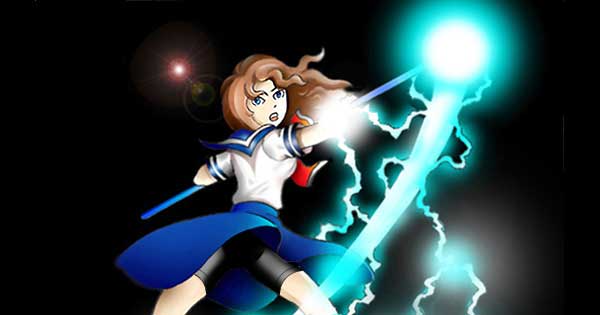
As a child, I loved to play with dolls. I also enjoyed digging bugs out of the mud. I grew up to study biology in college and have never considered an interest in dolls an impediment to pursuing a career in science. Today’s toy marketers bombard young girls with images of make-believe princesses flouncing about in bikini tops and poufy gowns.Of course, no princess has muddy hands. These are the stereotypes that GoldieBlox, maker of “a construction toy from the female perspective,” attempted to refute in its ingenious—and controversial—advertisement, “GoldieBlox and Rube Goldberg ‘Princess Machine,” launched on YouTube last November 18. The video shows girls having fun with contraptions made of colorful building toys and blocks.
Viewed more than six million times in its first two days, the ad featured a parody of a 1987 Beastie Boys song, “Girls.” Three days later GoldieBlox pre-emptively sued the Beastie Boys, claiming that the parody was “fair use.” But the toymaker removed the song after learning that the band’s late leader, Adam Yauch, had requested in his will that Beastie Boys’ songs never be used in advertising. The band later filed a countersuit contending that the use of the parody is not fair use and that the video “encourages stealing from others,” especially since GoldieBlox had used their copyrighted song without their consent.
Leaving aside the Beastie Boys’ objections, does GoldieBlox itself perpetuate stereotypes? Some parents have asked why girls need special “girl-oriented” engineering toys when many types of gender-neutral construction toys already exist. The company counters that the GoldieBlox marketing is “narrative-based” and “centered around a role model character who solves problems by building machines.” That approach, the company says, is particularly appealing to future female engineers.
I thought about these issues recently when I read an article, in the journal Sex Roles, by Ashton Gerding, a doctoral student in communications at the University of Missouri. Gerding and her colleague, Nancy Signorielli of the University of Delaware, analyzed “gender role portrayals” in 49 episodes of 40 American “tween television programs” created for children eight to 12 years old. The programs fell into two distinct genres: girl-targeted “teen scene” series that focus on romance and relationships (such as Wizards of Waverly Place), and “action adventure” programs aimed at boys (Star Wars: The Clone Wars, for example) that emphasize action and violence.
Gerding found that, overall, boys outnumbered girls by two to one in tween television programs. Nearly three-quarters of the boys portrayed were of “average attractiveness,” and three out of 10 were “brave or rescued someone.” Girls were—no surprise—underrepresented in the action-adventure genre, but more than half of girls who did appear in the action programs exhibited “bravery/rescue” and were also portrayed as “more technical” than girls in the teen scene programs. Regardless of where they appeared, girls were much more likely than boys to be depicted as attractive, to show more concern about their appearance (primping, for instance), and to receive comments about their looks. “The message is clear,” Gerding concludes. “Females can participate in everything that males can, but while doing so they should be attractive and should work to keep up this attractiveness.”
She also drew my attention to a phenomenon I hadn’t perceived in numerous viewings of the GoldieBlox advertisement. “Personally, I love the GoldieBlox ad (and toy),” she wrote to me in an email. But, she added, “You may notice that the girls featured in the commercial are thin and ‘cute,’ and the cartoon female at the end of the commercial … is also thin and attractive—she has full voluminous blonde hair, dark eyelashes, pink lips and colorful cheeks. So, it seems to be the same message in this commercial: that females can do anything they want, provided that they are beautiful.”

